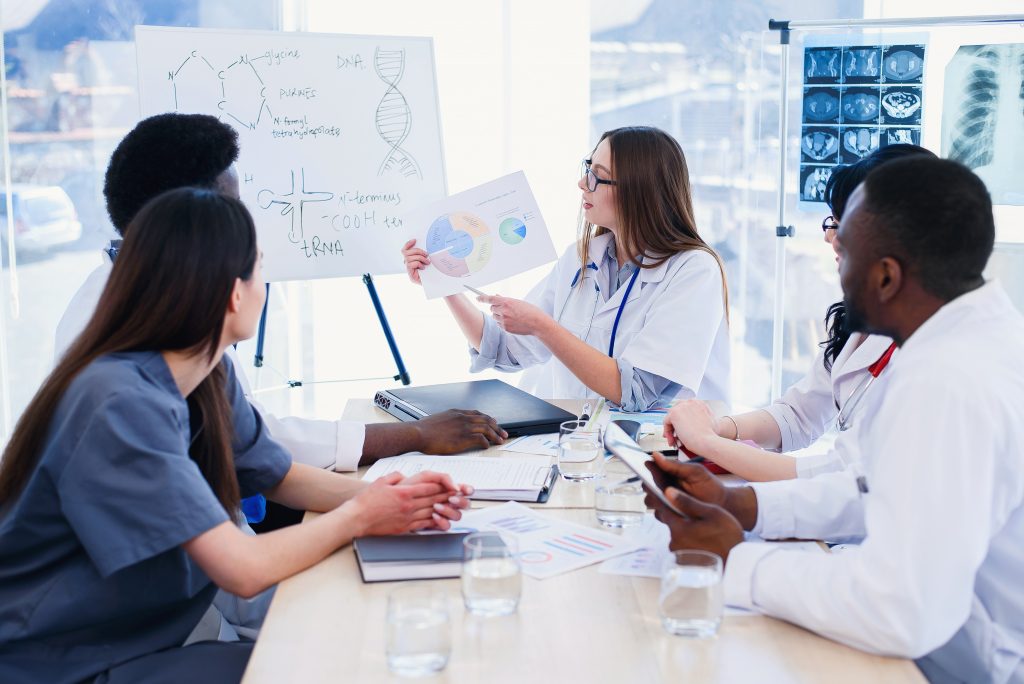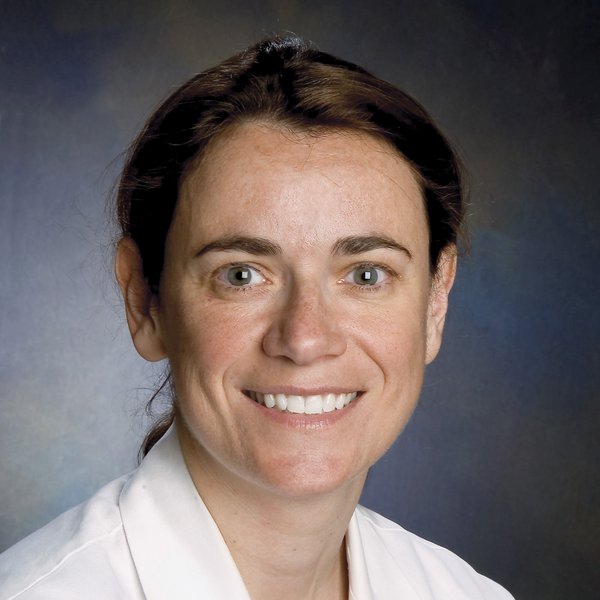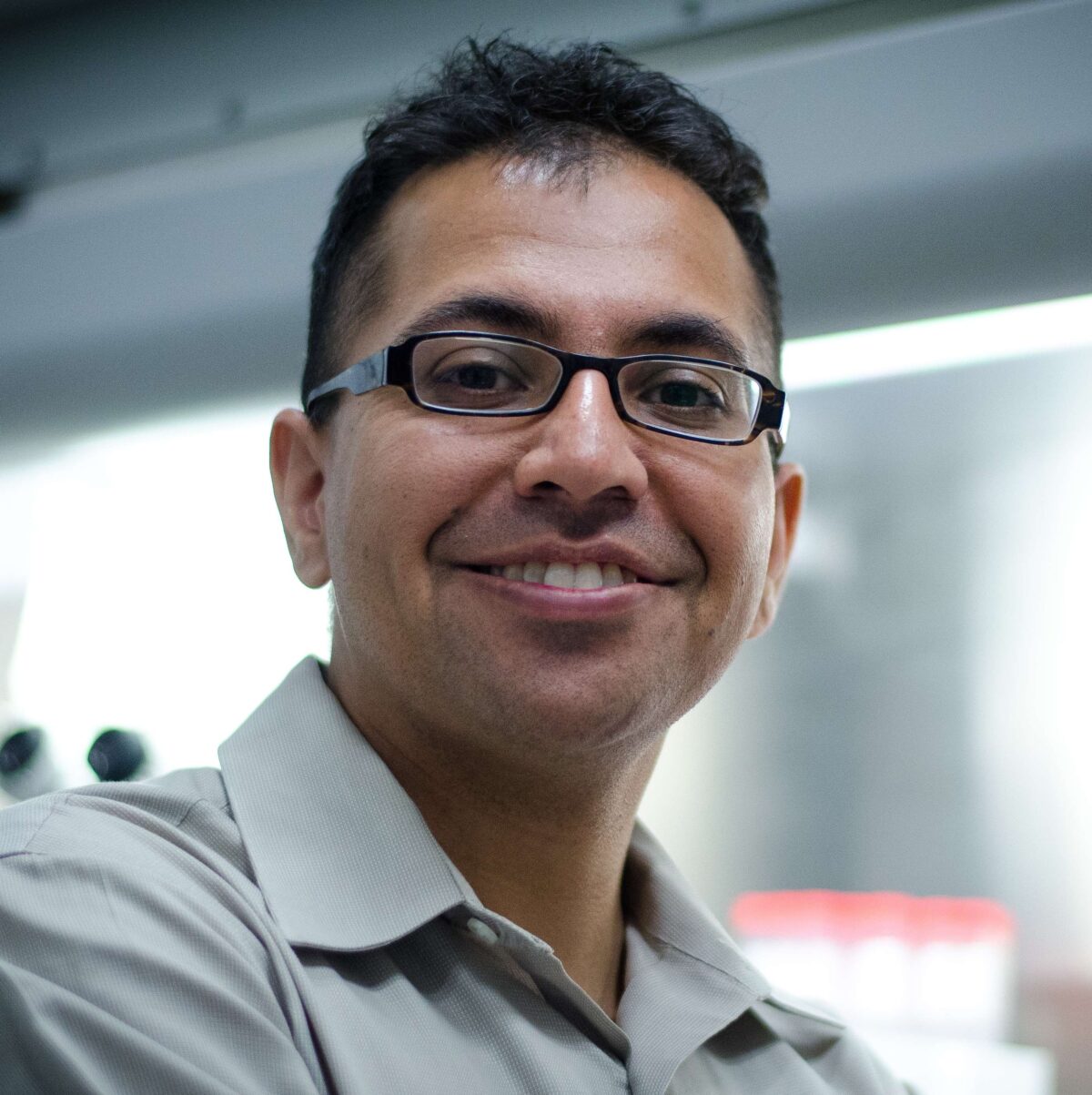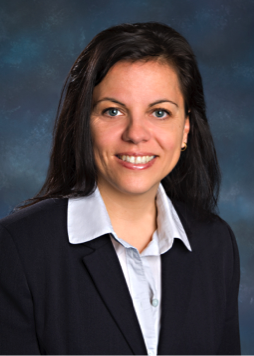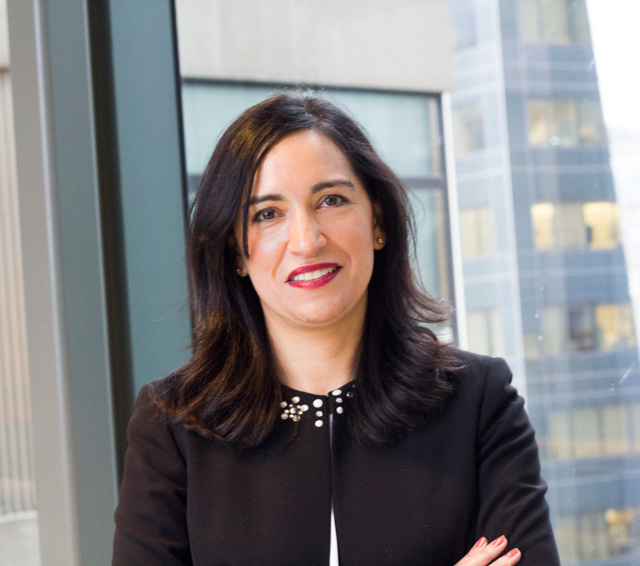If a brilliant idea begins with a spark, it needs tinder to keep burning and, eventually, to catch on. The newly launched Brigham Ignite program is designed to help kindle and advance discoveries with clinical and commercial potential. Ignite works by guiding researchers through the development process, providing not just supportive funding, but also a team of experts in licensing, product development, intellectual property, and commercialization. The team can help principal investigators take the first steps onto the translational path and beyond.
Two of those team members — Glenn Miller, PhD, and Erin McKenna, MBA — recently spoke to CRN about what makes the Brigham Ignite program unique and what they hope to accomplish through its implementation. Miller is a market sector leader for Mass General Brigham Innovation who focuses on advisory services for faculty members to increase innovation across the hospital network. McKenna is an operating partner for Amplify (formerly the Translational Innovation Fund) and is leading the translation and project management efforts for Brigham Ignite. She brings experience from her work with the Boston Biomedical Innovation Center (B-BIC) and Boston Scientific.
Erin McKenna
Can you describe what Brigham Ignite is? What distinguishes it from other resources and awards?
EM: Ignite is more than just funding. It is a program that is being built to provide support for as wide a range of innovators as we can within the Brigham, to advise and consult with them on the ideas they have and help them determine whether there are paths forward from a product development standpoint, and if there’s potential for therapeutics, diagnostics or medical-device type ideas.
GM: The Ignite program is an umbrella program that helps any innovator within the
Glenn Miller
Brigham develop their idea to the fullest extent possible. This is really for everyone at the Brigham — anyone who has an idea that they think they might be able to commercialize, we’re here to help them do that. We’ll walk them through the process and evaluate whether or not the idea needs further development.
Who should work with Ignite?
EM: A range of innovators that have an idea. We assess that idea and determine if there’s a potential path forward from a product development standpoint.
For some people, we may be helping them create a first prototype or complete a first experiment that would help them get a little more evidence to show that their concept is viable.
We also envision finding innovators that are a little further along. They have developed their concepts. They have some evidence that shows that it’s viable. But they need some more help to move in a product commercialization direction. And that’s where our combination of funding and expert guidance can really help, not just in developing the technology, but making sure that we’re making the connections. You need to know that you are developing your technology in a direction that people will continue to pick up and invest in further to bring it out into the world.
GM: The program is not only for those people who think they already have a great idea, but also for those who are unclear about whether or not the idea they have is commercializable. We do receive a lot of questions from people saying, ‘I’m not quite sure this is patentable, but I think this could be very useful in the practice of medicine,’ for example, or they think it could increase productivity within a hospital, or could represent a process improvement or a digital health improvement.
Can you tell us more about the team?
EM: We have program managers coming in with industry product development experience to help investigators navigate the space of product development from an industry perspective. We will also have two focused licensing managers who will have their own portfolios of Brigham investigators. They will be serving to help bridge innovators to their supporting licensing manager and orient and navigate the space of thinking about innovation, disclosure, the patent process, and other types of agreements.
GM: The level of expertise of the people we’ve assembled and the years of experience they have, we’re measuring that in decades, not years. We’re bringing in heavy experience in doing out-licensing and starting new companies on the licensing side, managing industrial level programs large and small, and managing strategic approaches to commercialization and bringing products to market, from pharmaceuticals to diagnostics and devices. It’s a very broad and deep set of experience and expertise.
What are you most excited about as Ignite gets underway?
GM: I got into the biopharmaceutical business to help people and the projects I’ve done over the course of my career have been aimed mainly at helping more and more people. The opportunity with this program is that it takes the ambitions of an entire, highly innovative hospital network and activates the minds within that network to improve medical care both within and outside of the four walls of the Brigham. It’s great to help patients at the Brigham. But the really exciting thing is that our community is changing how medicine is practiced beyond our hospital through their publications, products and commercialization efforts. Supporting those efforts is what really gets me going in the morning.
EM: At B-BIC, I really enjoyed the experience of working alongside innovators that had never been exposed to product development and commercialization, to not only help them navigate the space, but also see something move forward and emerge in the form of a startup or a licensed product. I’m really excited about being able to bring that experience to more innovators within the Brigham and collaborate more deeply with others.
